Acne Facials at Home: Here’s How to Treat Your Acne and Yourself



IPSY Editors

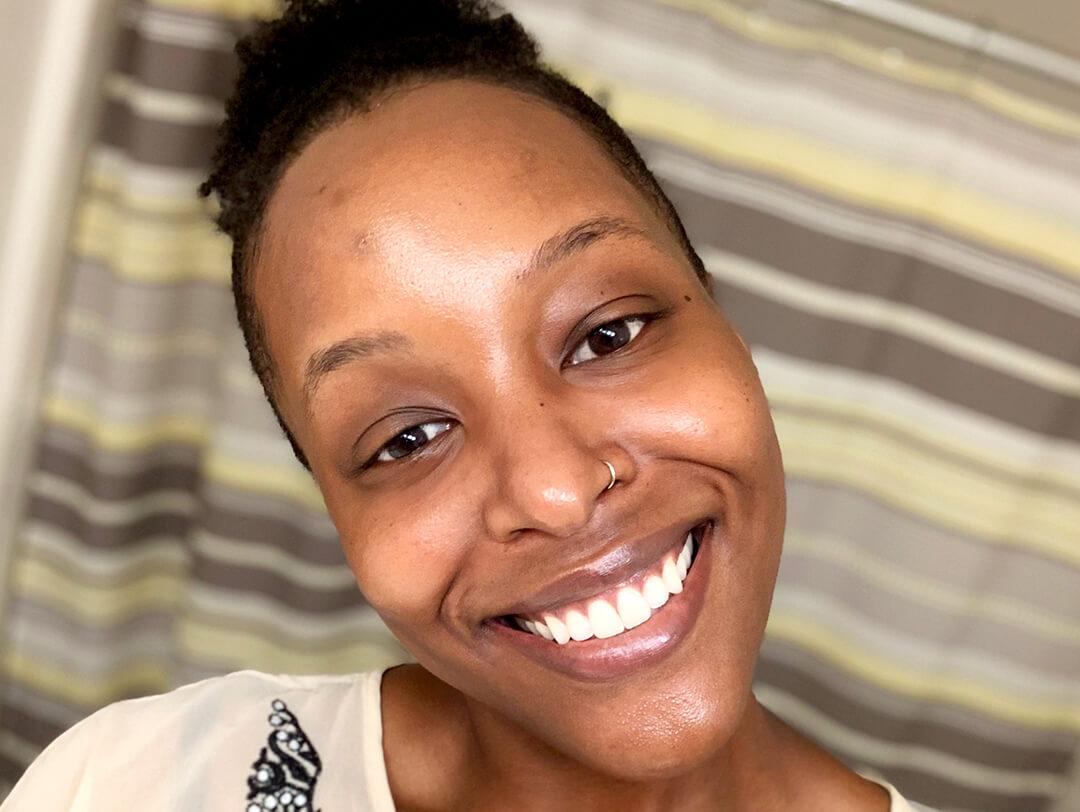
Dealing with breakouts is frustrating, whether you experience blemishes occasionally or your skin is acne-prone. We love embracing our skin—blemishes, stretch marks, beauty marks, and all—but breakouts can be like a bad friend that shows up at the worst times (and when you least expect them). If you’ve ever woken up to a breakout before a big day, or spotted a blemish appearing for no good reason, we totally get it. If you feel like you’ve tried every acne treatment in the beauty aisle to help manage your acne, and you’ve followed the rules—you know, don’t touch your face, clean your phone, leave extractions to the pros—we’ve been there too and we know it can be a struggle. And while nothing can replicate the benefits of seeing your dermatologist or facialist, showing your skin a little at-home TLC can go a long way to calm your skin and your stress (did we mention stress can make acne worse?). Plus, it just feels really good to pamper yourself. We chatted with two licensed estheticians, Lauren Pickard and Juju Ajayi, for DIY at-home facial tips, and to learn what skincare products will help reduce the redness and inflammation that comes with breakouts, and see clear skin days ahead.


It's about glam time you treated yourself.
MEET THE EXPERT
Juwon Ajayi is a licensed aesthetician based in NYC and Lagos, Nigeria. She is the owner of The Glow By Juju.
Lauren Pickard is a licensed esthetician and acne specialist in Beverly Hills, California.
Step 1: Choose a Non-Drying Cleanser
We’ve all had a late night where we’ve forgotten to take off our makeup (hey, we’re human!), but chat up any skin expert and you’ll get the same advice: Cleansing is one of the most important steps to keeping your skin clear of acne-causing bacteria that can enter your pores, as well as makeup, dirt, and excess oils. However, if you have acne-prone skin, it’s super important to cleanse without stripping your skin of moisture. “Cleanse twice daily using a cleanser that isn't drying. You want a thorough cleanse but you don't want to strip the skin of its oils,” says Ajayi. Why? Stripping your skin of its oils can cause dryness and actually make acne worse.
According to Pickard, “Using too harsh or drying ingredients can compromise your skin’s barrier and lead to more breakouts and skin concerns.” Pickard also adds that, “Finding the right ingredients and products for your skin in particular will help achieve and maintain acne-free skin.”
Step 2: Cleanse Your Skin
To cleanse, Pickard says, “Always start with clean hands, and cleanse your skin with a gentle gel cleanser—salicylic is a great ingredient for fighting acne. Work the product into your skin in gentle circular motions (like a facial massage), then pat, don’t rub, your skin dry. I prefer using paper towels because cloth towels can harbor bacteria.” Try NEOGEN A-Clear Soothing Foaming Cleanser. Made with salicylic acid, tea tree oil, and centella asiatica, it gives skin a deep clean without irritating or over-drying.
Step 3: Exfoliate Gently
“Exfoliate twice a week at first: If you have active breakouts you actually don't want to be too aggressive with exfoliation. Skip the scrubs and use an exfoliating toner with PHAs (Ipsters love GLOW RECIPE Watermelon Glow PHA + BHA Pore-Tight Toner) instead,” Ajayi recommends. What are PHAs? They stand for “polyhydroxy acids.” In a nutshell, they’re exfoliating, they’re great for preventing pimples, lightening hyperpigmentation, dark spots, acne scars, blackheads, brightening skin and more—regardless of your skin type. Here’s everything you need to know about them.
Step 4: Smooth on a Mask

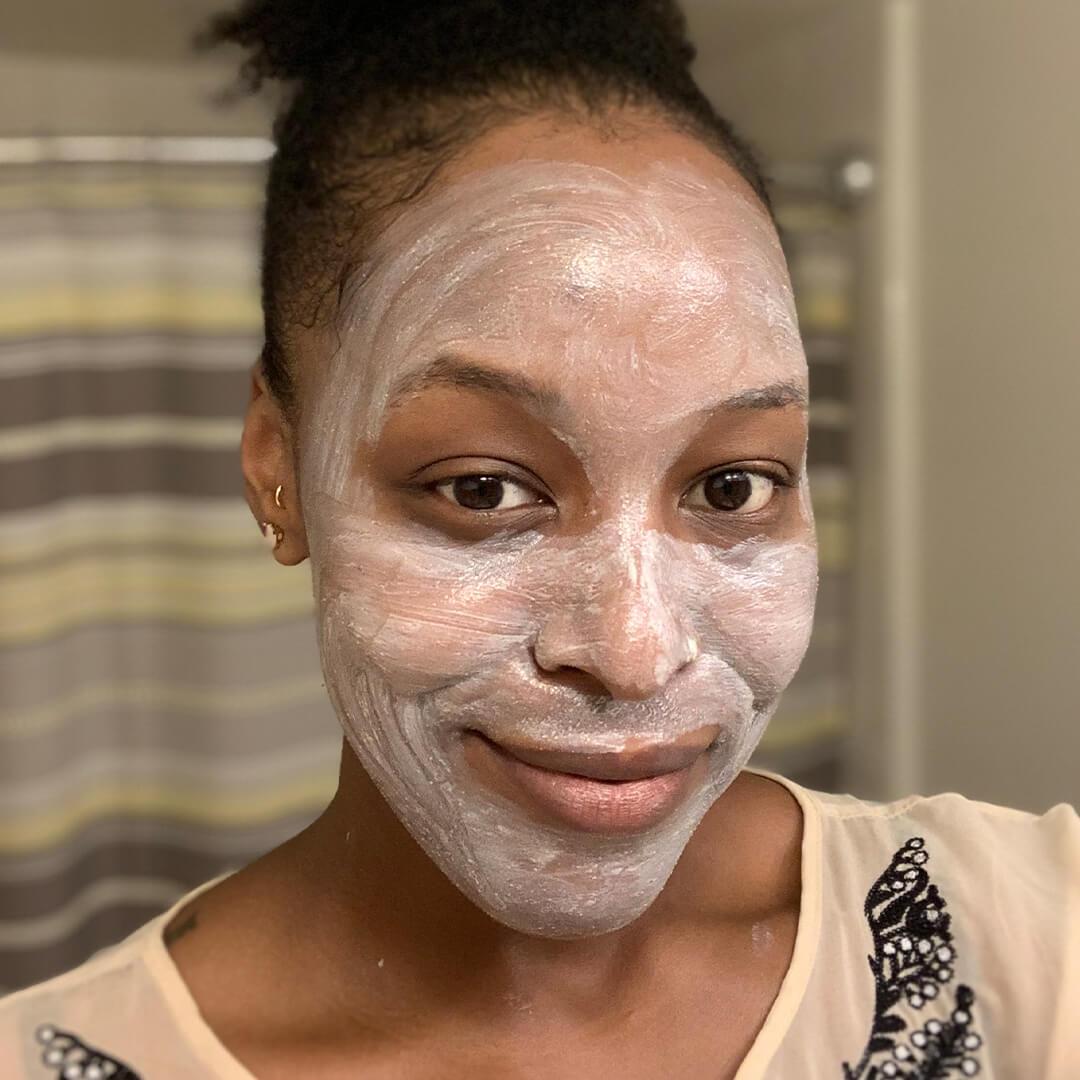
Face masks are great acne-fighters, and who doesn’t love slathering one on? Here’s a helpful tip: “Mask after exfoliating since your resurfaced skin can better receive the products you apply,” Ajayi tells us. Makes total sense. Before adding masks to your skincare routine, Pickard recommends looking for facial masks made with kaolin clay to help draw out impurities from your pores without drying your skin. “Apply a kaolin clay mask evenly to your skin and leave it on for 15 minutes,” says Pickard. “Kaolin clay will help absorb excess oils and calm inflammation.” Then, follow up with a mask made with a skin-calming ingredient like arnica to help calm redness and inflammation that can come with breakouts. “Massage it in and leave it on for 15 minutes, then towel off excess or let it continue absorbing into your skin.” Dealing with cystic acne? “Arnica can also be used to help spot treat cystic breakouts.” We suggest: FIRST AID BEAUTY FAB Pharma Arnica Relief & Rescue Mask—it’s made with anti-inflammatory arnica, skin-soothing calendula, and cica to help hydrate, calm, and heal your skin.
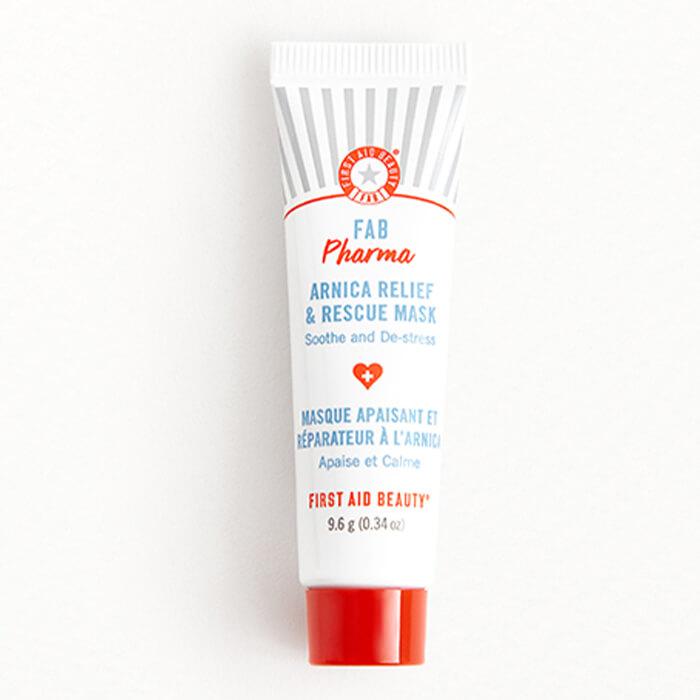

Step 5: Apply a Serum
One of the best secrets to glowing skin? “Hydrate twice daily. Use a serum with a humectant ingredient that will hydrate your skin. Hydrated skin behaves,” says Ajayi. JUICE BEAUTY Blemish Clearing Serum helps keep skin moisturized while clearing clogged pores and treating breakouts.
Step 6: Treat Your Breakouts
“Take this time to apply products with ingredients that will help calm down inflammation. Products with niacinamide, calendula, oat beta glucan, and sea buckthorn oil,” Ajayi recommends. Looking for a quick redness reliever? Try an overnight blemish patch to wake up with clearer skin. We love SKYN ICELAND Blemish Dots because they help kill acne-causing bacteria while minimizing redness and inflammation.
Step 7: Moisturize Your Skin
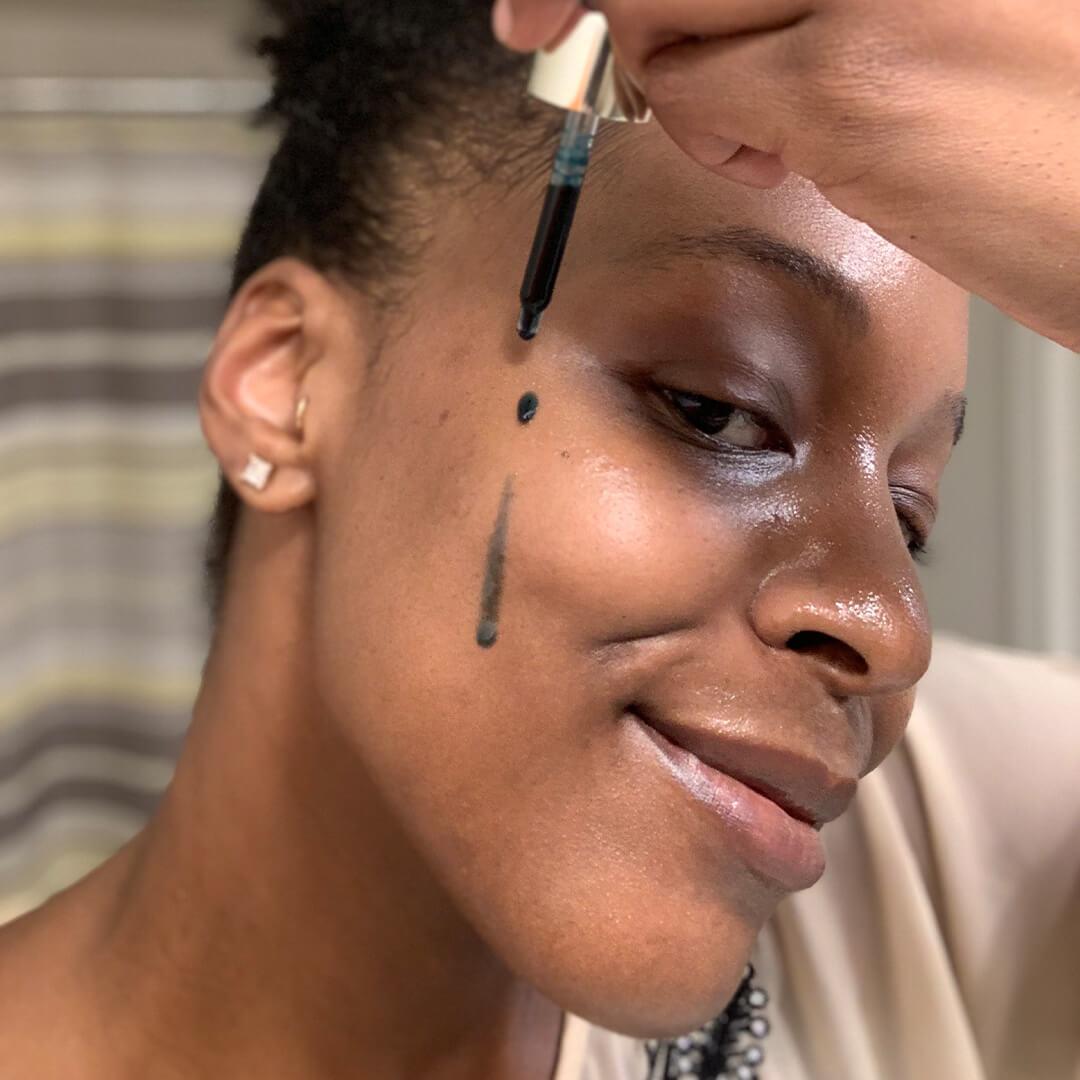

If you’re doing an at-home facial for acne during the day, use your go-to daytime moisturizer and don’t be tempted to skip it. “Moisturizing is absolutely essential to clear and healthy skin,” says Pickard. “People with acne or oily skin often want to skip moisturizing, but oily skin may actually be caused by your skin overproducing sebum to compensate for what it is not receiving.” We suggest: MURAD Essential-C Day Moisturizer Broad Spectrum SPF 30 | PA+++—it’s an antioxidant-rich moisturizer that protects your skin from UVA and UVB rays.
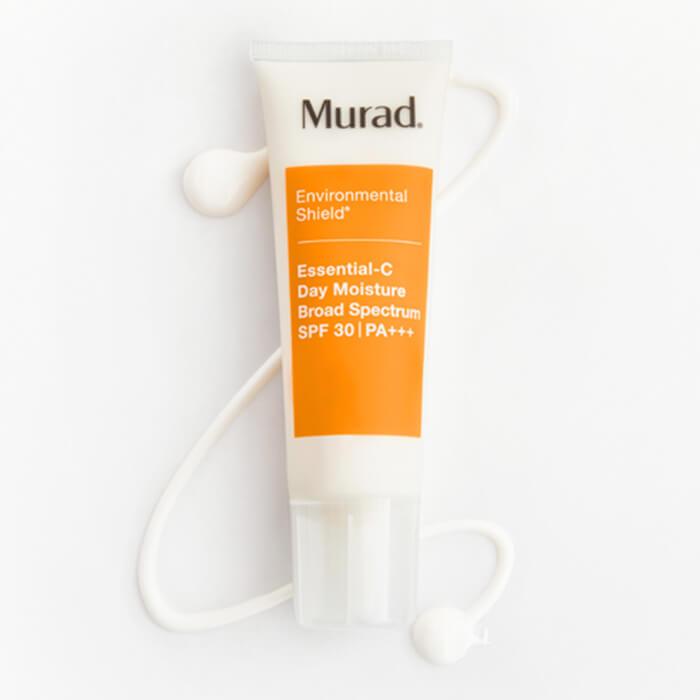

Step 8: Protect Your Skin
“During the day, protect your skin with a moisturizer with SPF and at night with a cream or an oil,” adds Ajayi. Protecting your skin from harmful UV rays and from the environment is crucial to having a clear complexion. Try an SPF that won’t exacerbate breakouts (such as JUICE BEAUTY SPF 30 Oil-Free Moisturizer). If you’re doing your facial at night, massage your skin with a little face oil—it’s an indulgence we love for adding back moisture and treating our skin to acne-calming ingredients. Try a repairing oil at night (like CANNALOGICA Facial Hydration Oil) to restore your skin’s barrier. Bonus: It feels sooo soothing on your skin.
And you’re done! Now remember, try not to stress. Your skin’s on the path to being clear, hydrated, and happy.
Did you try this at-home facial for acne? Let us know @IPSY!
Want more skincare tips from the pros? Take our Beauty Quiz now to get started. Already an Ipster? Refer your friends to earn points, which you can use toward products. Either way, don’t forget to check us out on Instagram and Twitter @IPSY.
Liked this post? Share!
Related Stories


Skin
The New Year Is the Perfect Time to Get Ahead of Inflammaging
Published on Dec 15, 2025 • 8 min read


Skin
How to Adjust Your Skincare Routine for Mature Skin in the Winter
Published on Dec 4, 2025 • 7 min read


Skin
We Grabbed Our Crystal Ball and Found These 6 Skincare Predictions for 2025
Published on Dec 10, 2024 • 7 min read


Skin
10 Thanksgiving Foods That Will Have Your Skin Coming Back for Seconds
Published on Oct 15, 2025 • 7 min read


Skin
Skin Texture 101: Your Guide to the Types of Skin Texture and How to Care for Them
Published on Oct 8, 2025 • 14 min read


Skin
Get Rid of Sebaceous Filaments for Good by Following These Tips From Derms
Published on Sep 30, 2025 • 12 min read


Skin
Dry Skin Friendly Exfoliators That Actually Work
Published on Sep 27, 2025 • 9 min read


Skin
Why Drunk Elephant Will Always Be at the Top of Our Beauty Wishlist
Published on Sep 10, 2025 • 6 min read


Beauty Picked Just for You
Get 5 products worth up to $70
Plus exclusive access to epic deals up to 80% off
Starting at just $14/month. Cancel anytime.